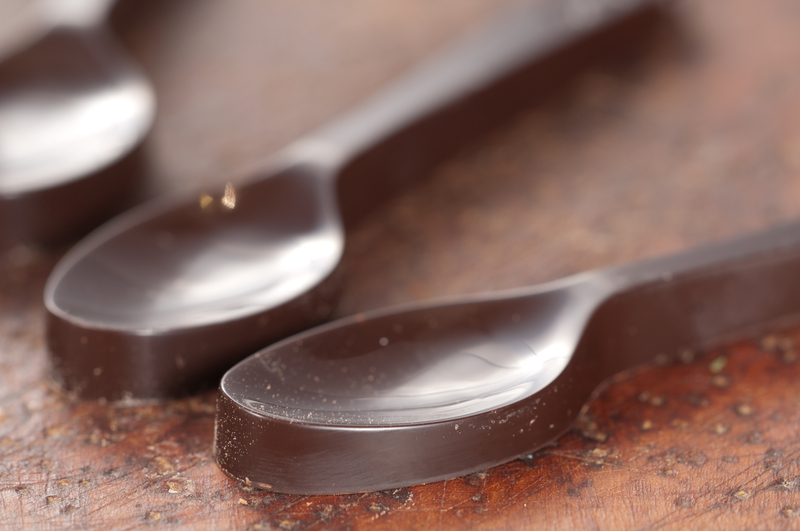Unconventional Mediums: Repurposing Rubbish for Art
Posted on 31/10/2024
In today's society, waste and pollution are pressing issues that continue to affect our planet. As a result, many individuals and communities have begun to look for alternative ways to reduce, reuse, and recycle. One creative and innovative approach to this problem is through the art of repurposing rubbish. This unconventional medium not only helps lessen the impact on the environment but also allows artists to create unique and thought-provoking pieces. In this article, we will explore the world of repurposing rubbish for art and discover its various techniques, benefits, and potential downsides.
Unconventional Materials in Art
The concept of using unconventional materials in art is not new, as artists have been incorporating found objects and recycled materials in their work for centuries. However, with the rise of environmental awareness, this practice has gained more popularity in recent years. Repurposed art involves taking discarded or unwanted items such as plastic bottles, old newspapers, or broken electronics and transforming them into something new and visually appealing.
One technique used in repurposed art is upcycling: taking a material that has little or no value and turning it into something with a higher purpose. For instance, old jeans can be transformed into a stylish bag or a worn-out tire can become a unique piece of furniture. Upcycling not only reduces waste but also adds value and creativity to everyday objects.


Recycling
Another technique is recycling, which involves breaking down materials into raw form to create new products. In the world of art, artists use this method to create sculptures, paintings, or installations with materials such as glass bottles, tin cans, or cardboard boxes. Recycling provides endless possibilities as any recyclable material can be turned into an artistic masterpiece.
So why choose rubbish as a medium for art? The answer lies in its potential to convey powerful messages about consumerism, waste production, and environmental issues. Through their creations, artists can make bold statements about these topics and encourage viewers to reflect on their own consumption habits. Repurposed art can also serve as a reminder of the impact humans have on the Earth and the importance of taking action to preserve it.
Moreover, repurposing rubbish for art also has economic benefits. Creating pieces from discarded materials is often more cost-effective than using traditional art supplies. This allows artists to explore their creativity without breaking the bank and opens up opportunities for those who may not have access to expensive art materials.
However, there are also potential downsides to using rubbish as an art medium. Some may argue that it glorifies waste and encourages people to continue producing it. Others may criticize repurposed art for not being as technically skilled or aesthetically pleasing as traditional forms of art. Additionally, finding and collecting suitable materials for larger projects can be time-consuming and challenging.
Nevertheless, there are ways to mitigate these downsides. Artists can choose to use responsibly sourced materials, such as collected beach plastics, and bring attention to their origin in their artwork. By doing so, they can raise awareness about the issue of plastic pollution while still repurposing waste into beautiful creations.
If you're considering incorporating repurposed rubbish into your art, here are some tips to help you get started:
1. Look beyond traditional art supplies: Explore your surroundings and consider how everyday objects can be transformed into artistic pieces. Think outside the box, or in this case, outside the art supply store.
2. Start small: Don't feel intimidated by large-scale projects right away. Begin with smaller pieces and experiment with different techniques until you find your style.
3. Connect with other artists: Joining a community of like-minded individuals can provide inspiration, support, and valuable resources for material collection.
4. Educate yourself on environmentally friendly practices: As an artist using unconventional materials, it's crucial to be knowledgeable about sustainable practices and make informed decisions regarding your materials.
In conclusion, repurposing rubbish for art is a creative and thought-provoking approach to reducing waste and creating unique artworks. While it has its pros and cons, the benefits of using unconventional mediums outweigh the potential downsides. Through this form of art, we can raise awareness about pressing environmental issues and inspire others to rethink their role in preserving the planet. So go ahead, pick up that old newspaper or plastic bottle, and let your imagination run wild. The possibilities are endless.






